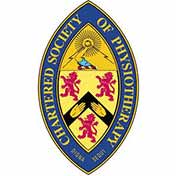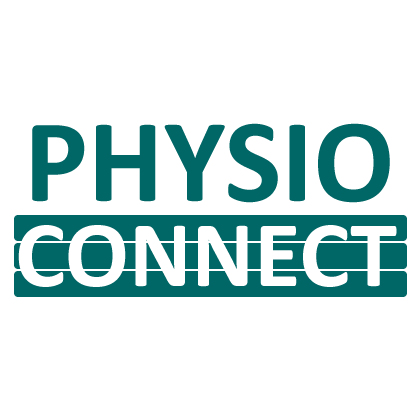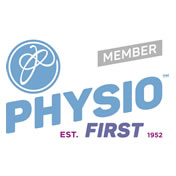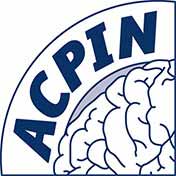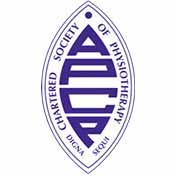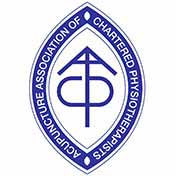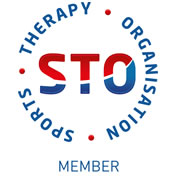Sacroiliac joint problems
The sacrum is the triangular bone, sitting at the bottom of the spine, that wedges itself between the two pelvic bones, forming a joint at either side called the sacroiliac joint (SIJ). This area has sparked much controversy between professionals in terms of diagnosis and treatment, given its complex movement patterns, anatomy and unique properties. Its function is extremely important, facilitating normal pelvic movements when we swing each leg forwards during walking and perform activities such as climbing the stairs, and it provides huge stability to the core of the body when it is behaving normally.
Once disruption of the normal movement of the SIJ occurs, it can alter the normal movement of the spine, hips and in fact the dynamics of the whole body and cause pain during everyday activities.
 Pain is commonly described just above the buttock, above the tail bone (coccyx) and can also be felt at the front of the pelvis and into the front of the hip. Pain can also refer down into the buttock and back or front of the thigh, usually when walking, striding out, stepping up or down stairs, swinging the leg out of the car, swimming, or turning in bed, (in other words, activities that involve one leg moving independently of the other leg). Pain may be extremely sharp on these movements, or may be conversely present as a dull ache.
Pain is commonly described just above the buttock, above the tail bone (coccyx) and can also be felt at the front of the pelvis and into the front of the hip. Pain can also refer down into the buttock and back or front of the thigh, usually when walking, striding out, stepping up or down stairs, swinging the leg out of the car, swimming, or turning in bed, (in other words, activities that involve one leg moving independently of the other leg). Pain may be extremely sharp on these movements, or may be conversely present as a dull ache.
Causes of SIJ dysfunction can range from falling directly onto the buttock, abnormal positioning/mechanics of the feet, dominance of one leg (for example during sport or at work) abnormal muscle balance around the hip and pelvic regions / weak core and gluteal muscles, to the changes that occur around the pelvis during and after pregnancy.
As the caused can be so varied, so are the treatments employed to resolve the source of the problem. Physiotherapy commonly involves manual and exercise-based techniques to normalise muscle activity, restore normal movement of the SIJ, and recruit and maintain correct muscle control and stability around this area.
Hip pain
When a patient reports hip pain, they can mean anywhere from the groin, to the side and the back of the pelvis, including under the buttock area. True hip joint pain, is usually confined to the groin area, as this is where the ball and socket of the joint is located – it is much deeper into the pelvis than most people think. Pain located at the side of the pelvis, or round the back near to the buttock usually originates from abnormal muscle control and altered pelvic movement that can result in tight soft tissues, poor pelvic stability, or it may be referred from the sacroiliac joints (SIJ) or lumbar region.
True hip joint pain presents as a deep aching in the groin, which can sometimes be sharper upon weight bearing. It can present alongside limited movements of the hip joint and pelvis when performing everyday activities. Causes of this may include degeneration of the hip joint (osteoarthritis), labral tears (cartilage), abnormalities of the femoral head (ball of the hip joint), impingement of the hip joint and its deep soft tissues, and stress fractures (athletes). Inguinal hernias can also produce pain at the front of the hip / groin region, often caused when a person over-reaches / stretches and weakens the muscles of the lower abdominal wall, producing a palpable pouch that becomes more prominent when coughing and sneezing.
Other, (often sporting) injuries causing pain around the groin area are often diagnosed as 'groin strains'. This term refers to the strain of a group of muscles called the adductors (though other muscles can also be involved) and commonly results from anoverstretch of the leg during sports such as football and hockey where movement changes can be sudden. Similar symptoms also present when a person is suffering with a 'sporting hernia' or 'Gilmore's groin – these conditions are often detected in patients who have been diagnosed with chronic groin strains. Gilmore's groin can be caused in much the same way as an inguinal hernia, from the weakening of the muscles of the lower abdominal wall, and a resultant tear, commonly in the external oblique aponeurosis, internal oblique muscle or 'conjoined tendon'. Individuals often report pain on twisting and turning activities, in sports that require multi-directional changes, kicking and leaning over. Though loosely termed a 'sporting hernia' there is no palpable hernia or pouch, and diagnosis is therefore based mainly on clinical history (taken from the patient), followed by an in-depth examination by a sports medicine professional. A surgical approach to Gilmore's groin is usually required in order to cure this injury fully, alongside strict adherence to a rehabilitation and core strengthening protocol.
'Snapping Hip'
This term refers to the snapping sensation, sometimes audible, felt by an individual when flexing and extending their hips. The source of the problem may be muscular caused by tight soft tissue (such as the iliotibial band and iliopsoas tendon) flicking , caused when tight structures flick over bony prominences such as the iliotibial band and iliopsoaos tendon, or from within the joint itself for example, labral (cartilage) tears and loose bodies (though these are less common).
The most common cause of a snapping hip is the iliotibial band flicking over the greater trochanter at the side of the pelvis. This syndrome is more prevalent in females, partly due to their anatomical shape, and occurs commonly in sporting individuals (for example dancers, runners and jumpers), where the iliotibial complex has become tight as a result of weaker core and gluteal muscles. It can be associated with 'trochanteric bursitis', where the bursa (a fluid-filled sac) between the greater trochanter and the soft tissues over the side of the pelvis and thigh, becomes compressed and inflamed.
Physiotherapy assessment can identify the source of the problem and the structures responsible. Manual therapy techniques to release soft tissue tightness in conjunction with a specific rehabilitation programme can then restore normal tissue behaviour and normal pelvic dynamics.

